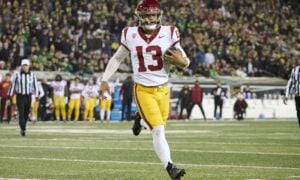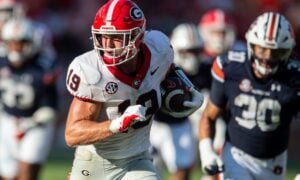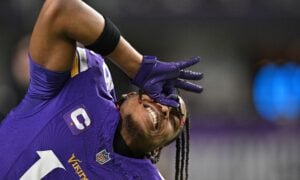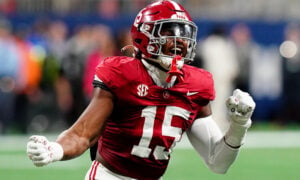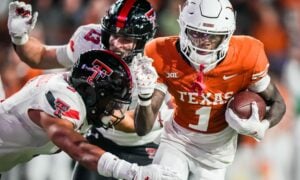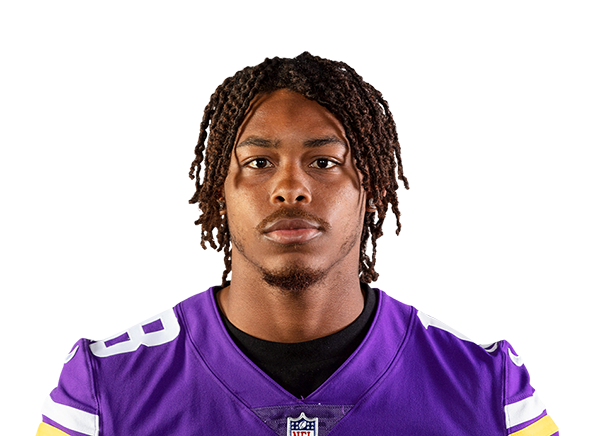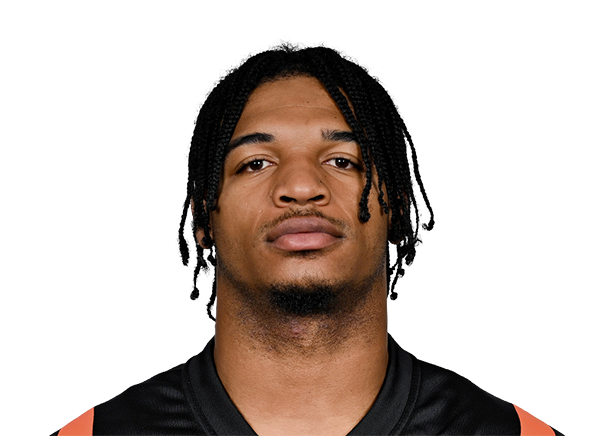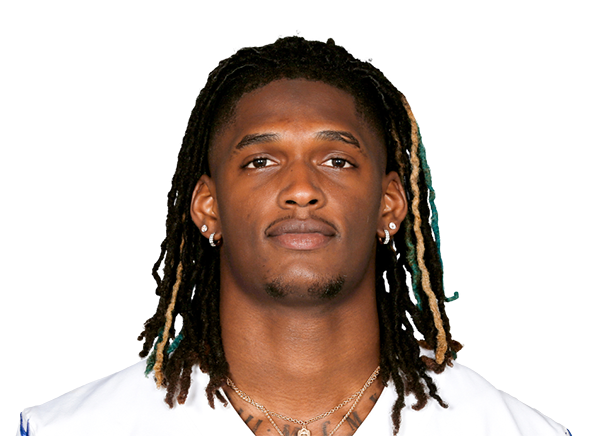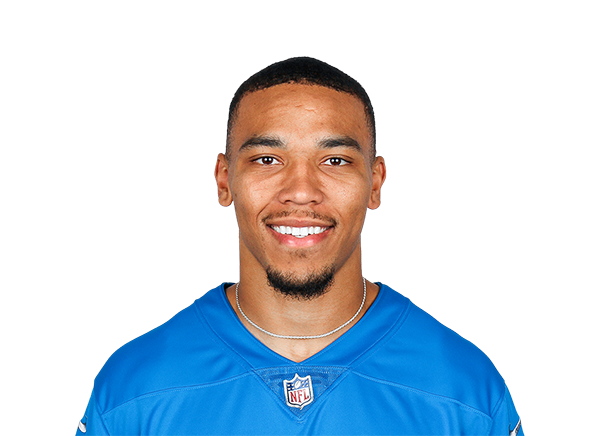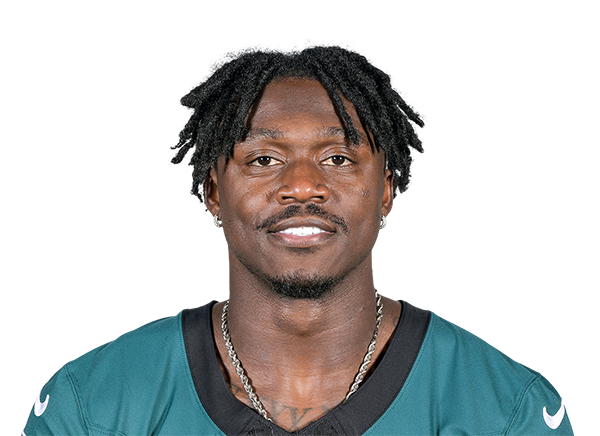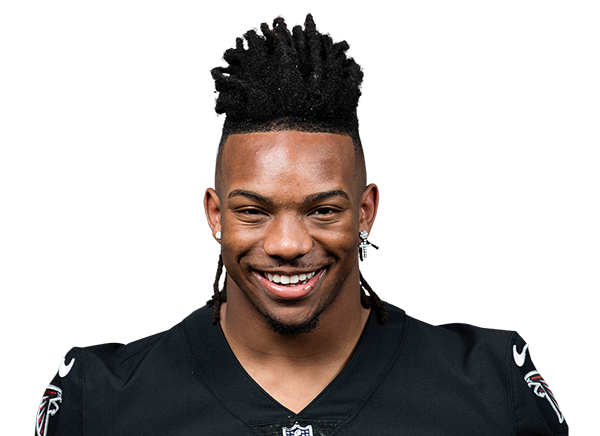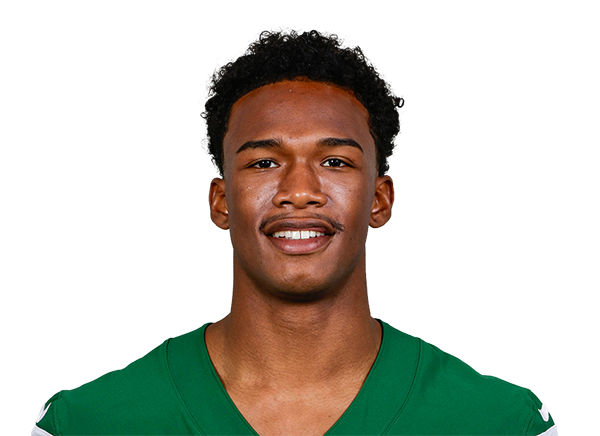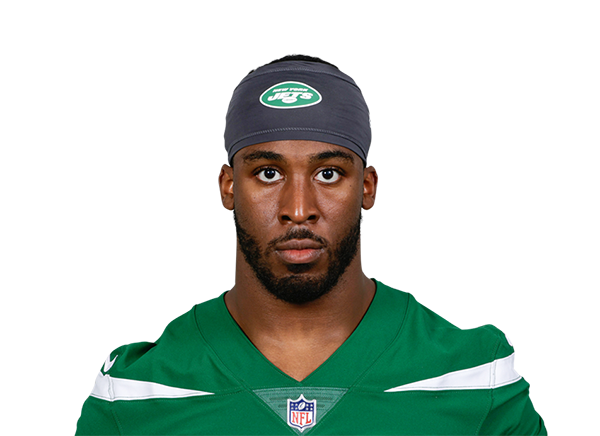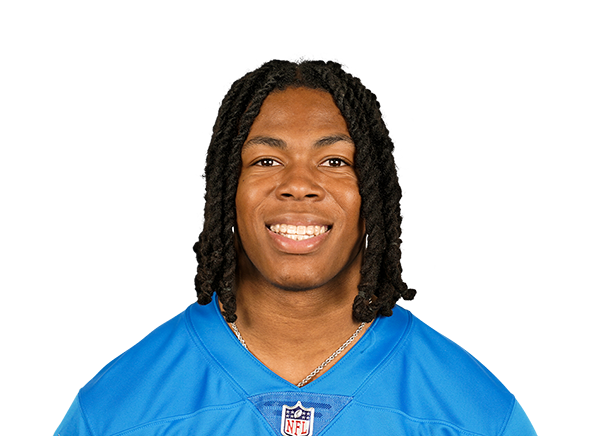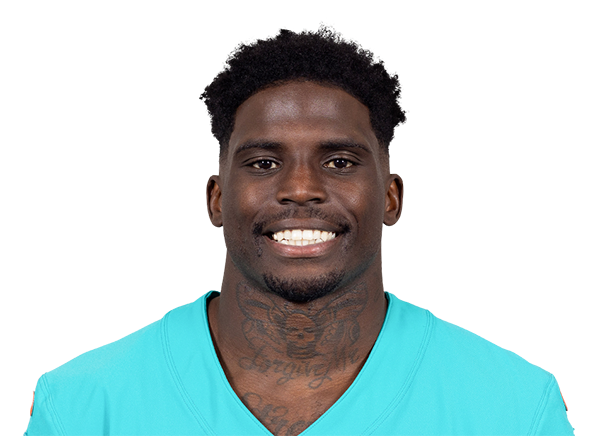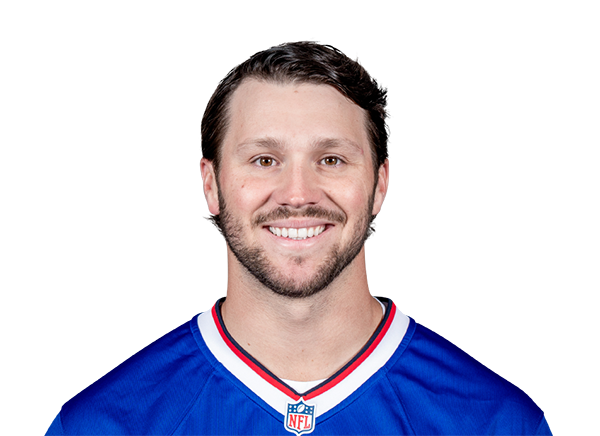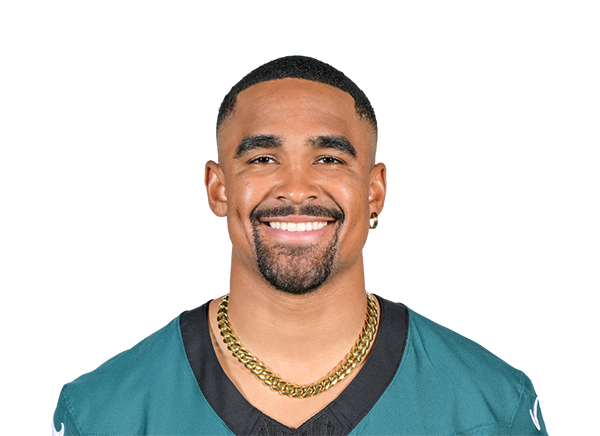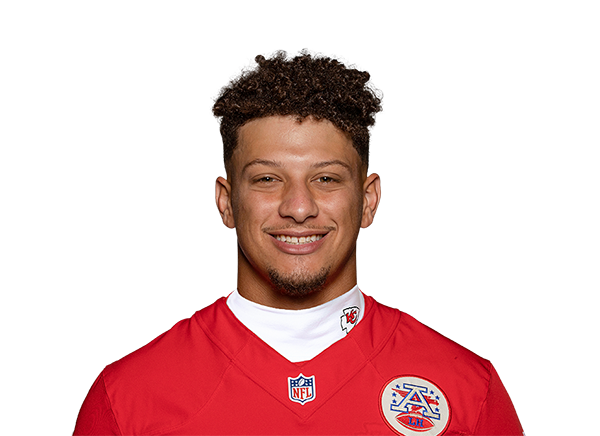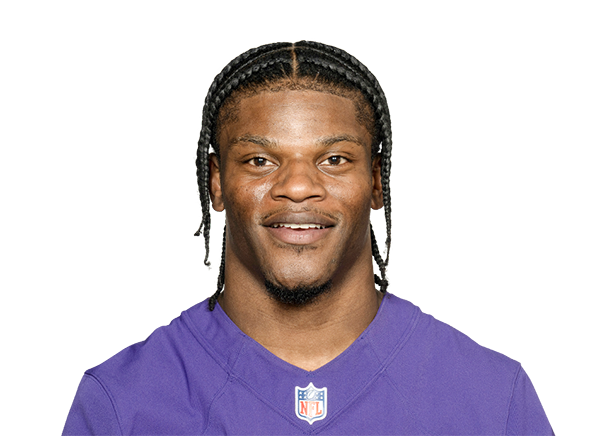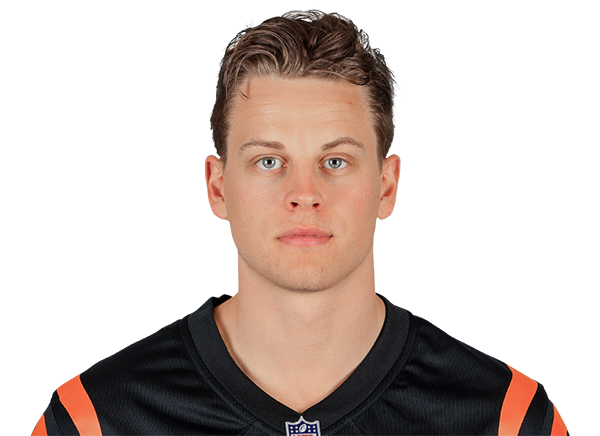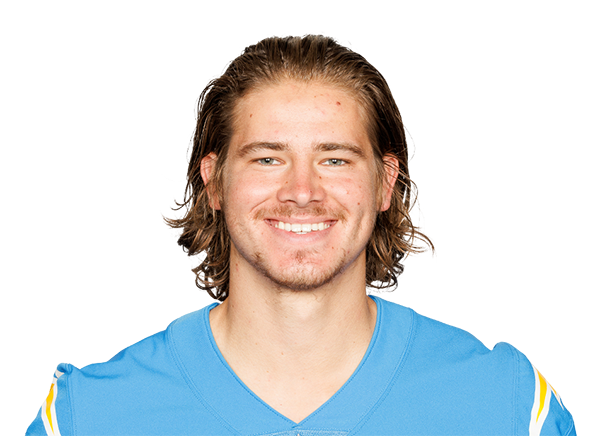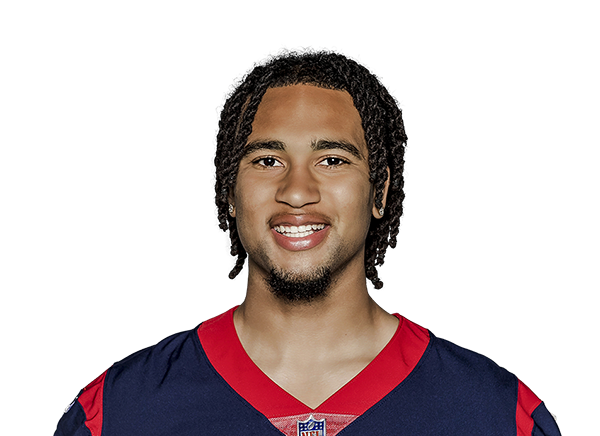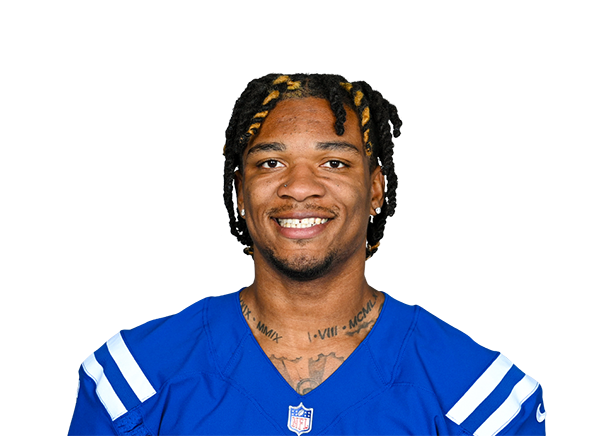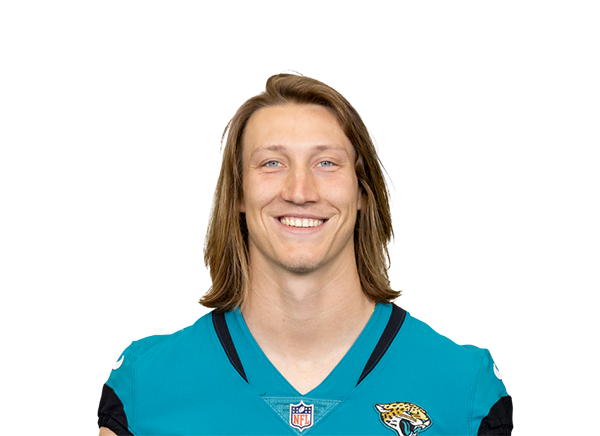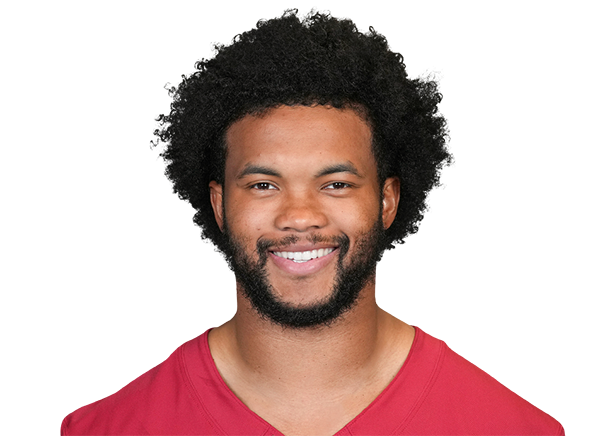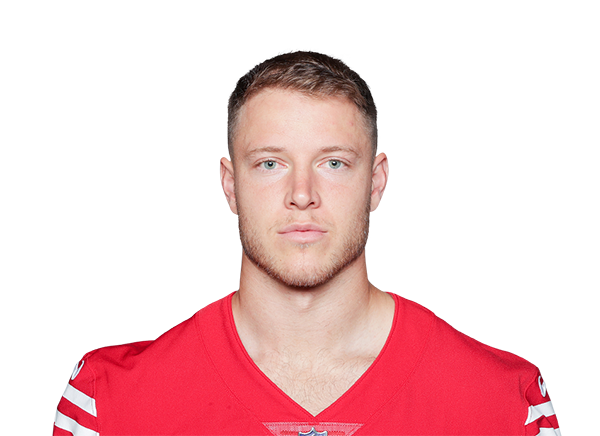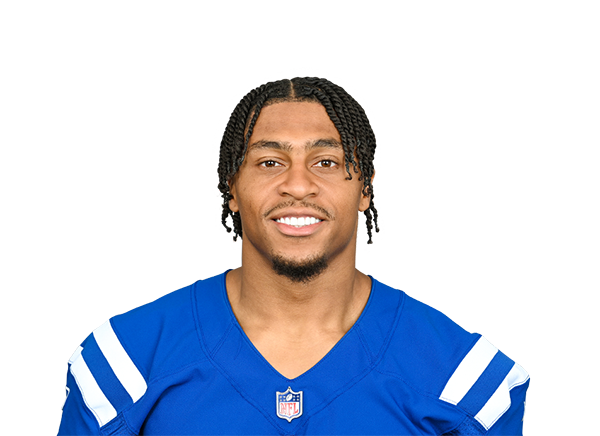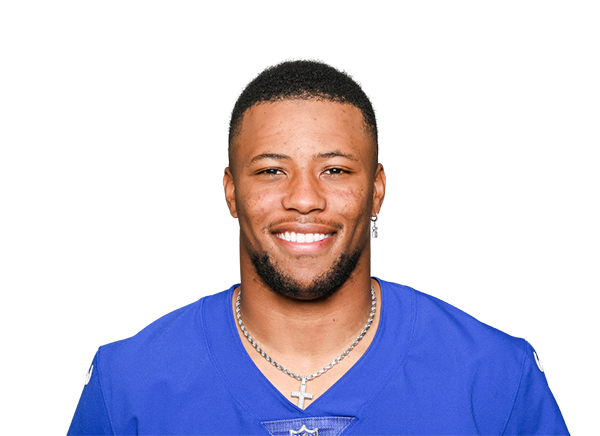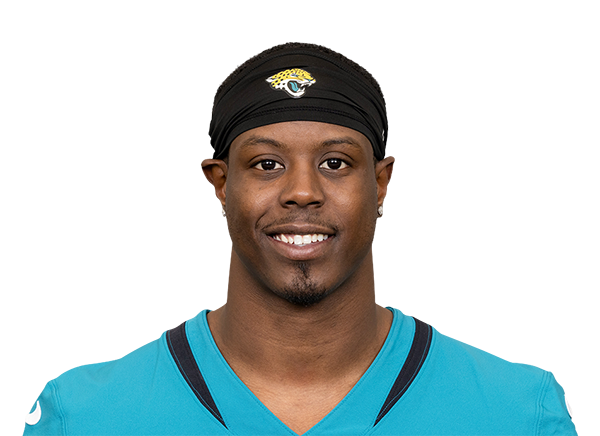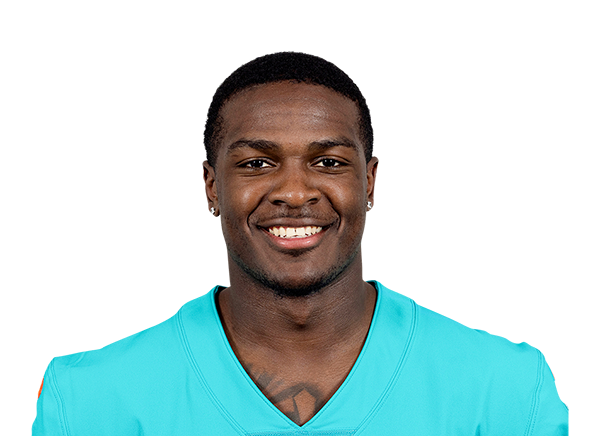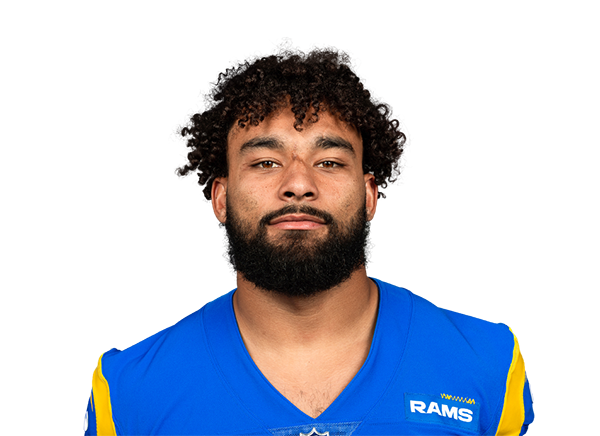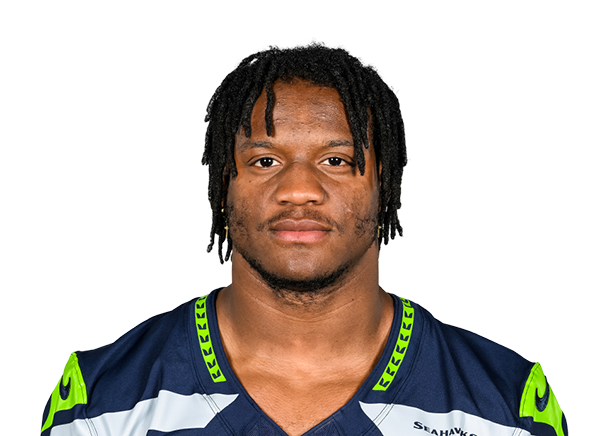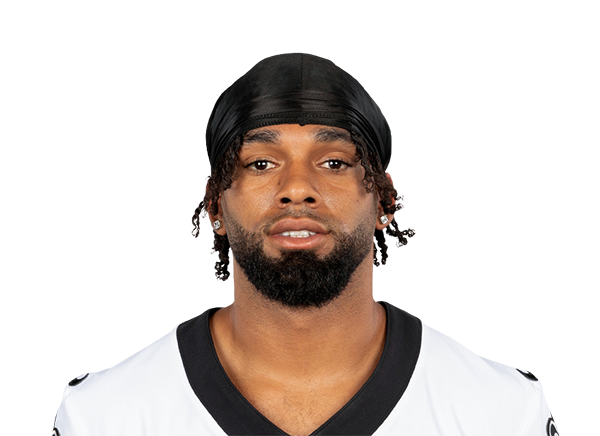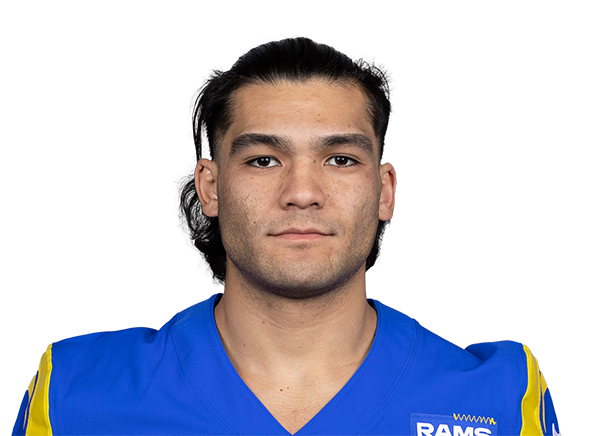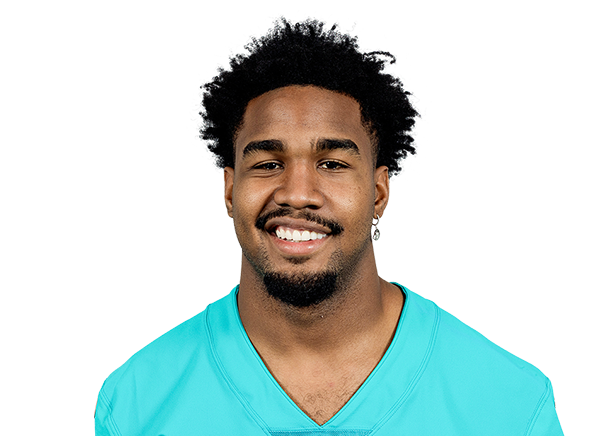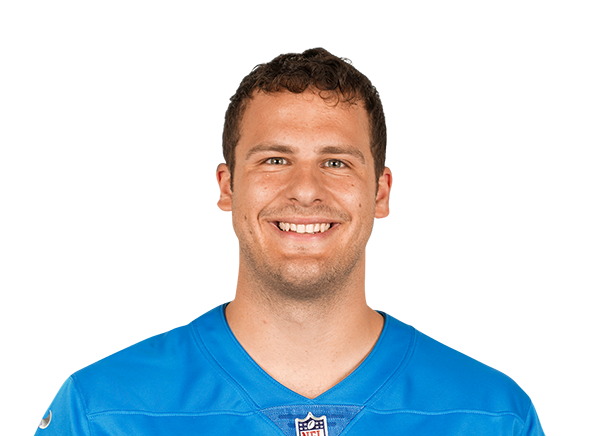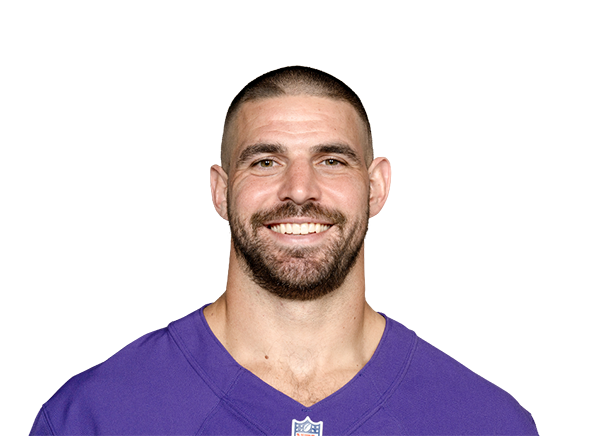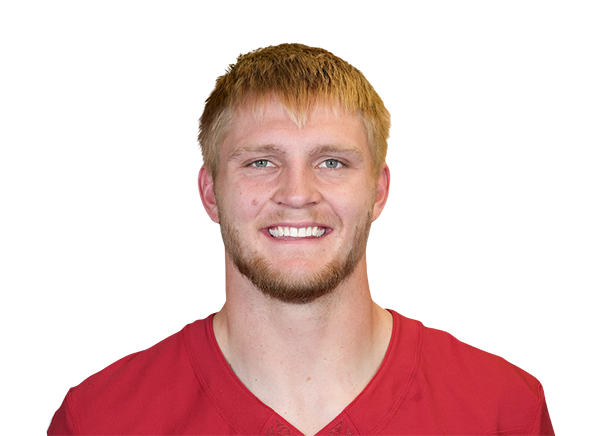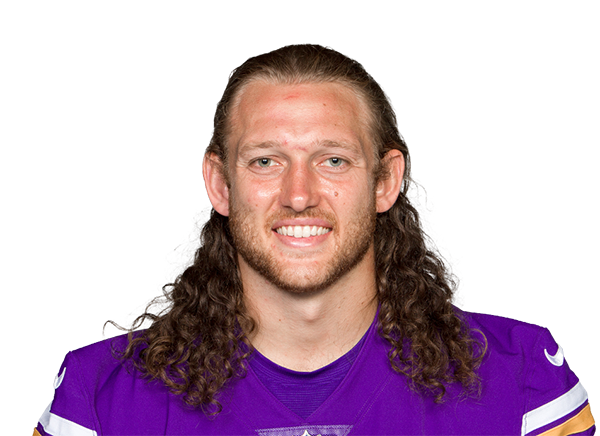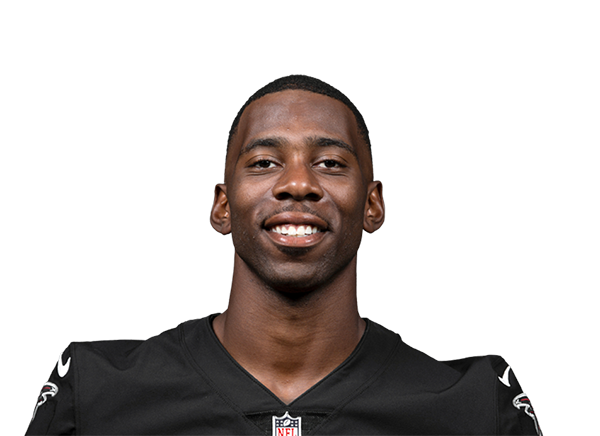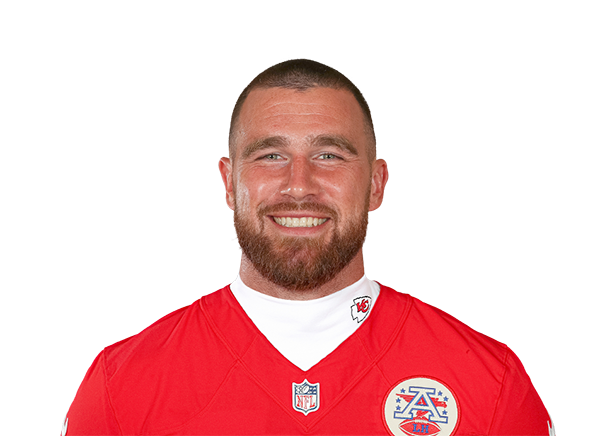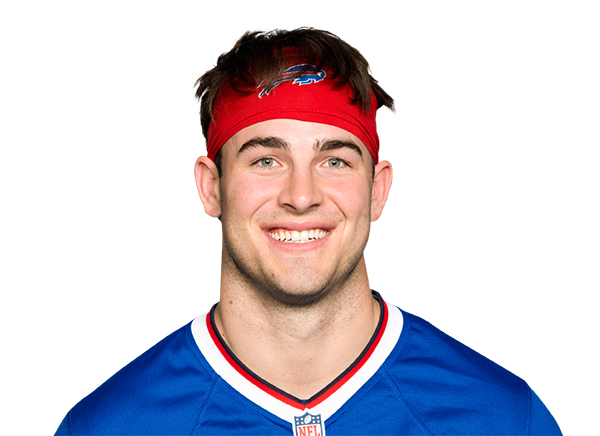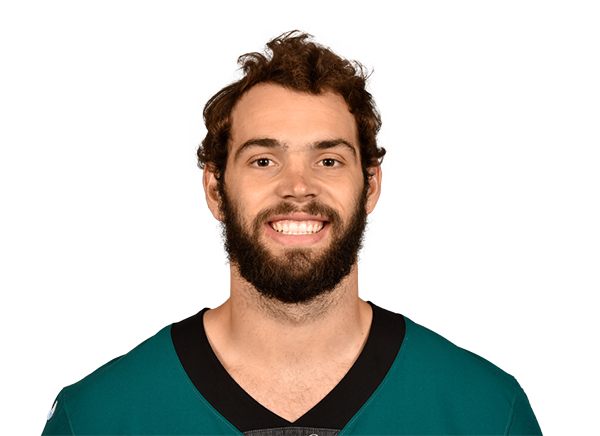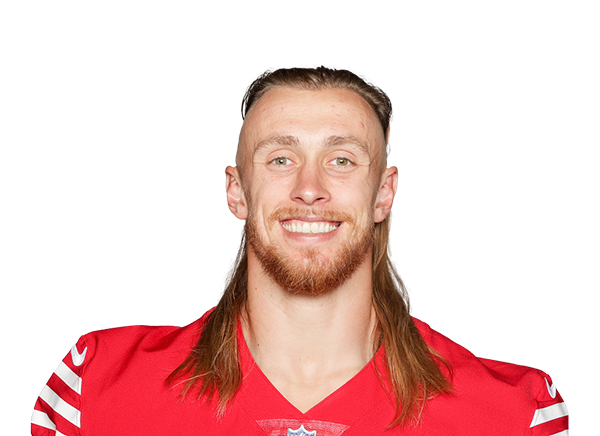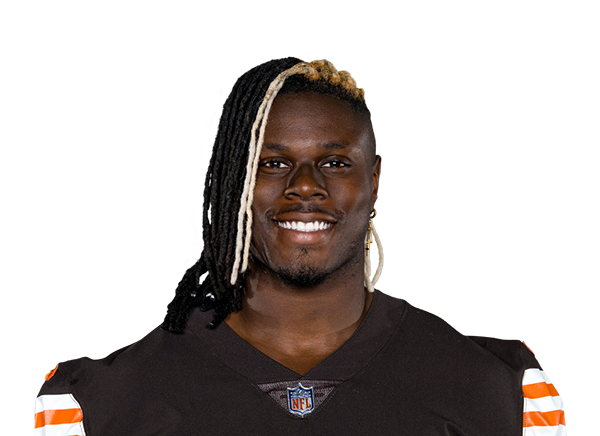Daniel Jones’ Value in Dynasty Leagues: From Dimes to Dollars
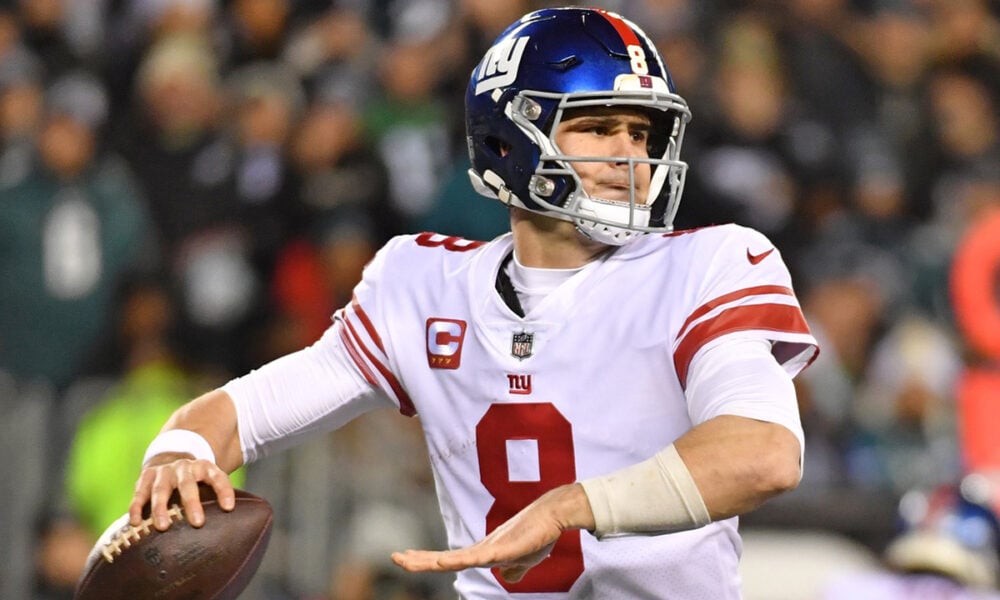
There might not be a more talked about player this off-season than Giants quarterback Daniel Jones, even more so after he signed his four-year, $160 million extension, and for good reason. Quarterback is the most important position in the NFL, and there’s an argument to be made that there aren’t more than 10-15 signal callers who don’t come with at least a moderate number of question marks. This isn’t to say Jones himself isn’t still something of a mystery, but at the very minimum he’s made significant progress since his rookie season in 2019.
Let’s consider his passing statistics, shown below:
| Year | Games | Attempts | Completions | Comp. % | Yards | YPA | TDs | INTs | Passer Rating | Sacks |
| 2019 | 13 | 459 | 284 | 61.9 | 3027 | 6.6 | 24 | 12 | 87.7 | 38 |
| 2020 | 14 | 448 | 280 | 62.5 | 2943 | 6.6 | 11 | 10 | 80.4 | 45 |
| 2021 | 11 | 361 | 232 | 64.3 | 2428 | 6.7 | 10 | 7 | 84.8 | 22 |
| 2022 | 16 | 472 | 317 | 67.2 | 3205 | 6.8 | 15 | 5 | 92.5 | 44 |
A couple of numbers immediately stand out. Firstly, there are positive yearly trends in completion percentage, YPA, interceptions and passer rating. Though his counting stats leave much to be desired when compared to his positional peers throwing for 5,000 yards and 30+ scores, Jones has clearly improved over time. In 2022, he also managed to stay healthy, with his only absence coming in a meaningless week 18 contest where he was rested.
Continuing, while perhaps not a true dual threat, Jones adds both real-life and fantasy value with his legs. This was particularly true in the 2022 season, as noted in the table below:
| Year | Games | Attempts | Yards | Average | TDs | First Downs | Fumbles | Fumbles Lost |
| 2019 | 13 | 45 | 279 | 6.2 | 2 | 21 | 6 | 3 |
| 2020 | 14 | 65 | 423 | 6.5 | 1 | 17 | 3 | 2 |
| 2021 | 11 | 62 | 298 | 4.8 | 2 | 16 | 2 | 1 |
| 2022 | 16 | 120 | 708 | 5.9 | 7 | 57 | 2 | 1 |
In both an overall sense, and relative to his improvement as a passer, Jones truly broke out as a runner this past season. He nearly doubled his previous high in rushing attempts, while shattering his prior bests in yards, touchdowns and first downs. In doing so he ripped off nearly 6.0 YPC, and notably he took care of the ball with a mere two fumbles (one lost). In fact, on the season Jones only turned the ball over six total times, despite his total opportunities (passes and rushing attempts) increasing.
SUBSCRIBE TO DLF PREMIUM!
Gain Instant Access to this resource and so much more!.
Premium membership provides access to all of our industry-leading dynasty fantasy football content.
You can also get a DLF Premium Membership for FREE! Find out how.
Want more info about DLF Premium? Find out more
Have questions or need some help? Contact Us
Already a DLF Premium Member? Log in now!






